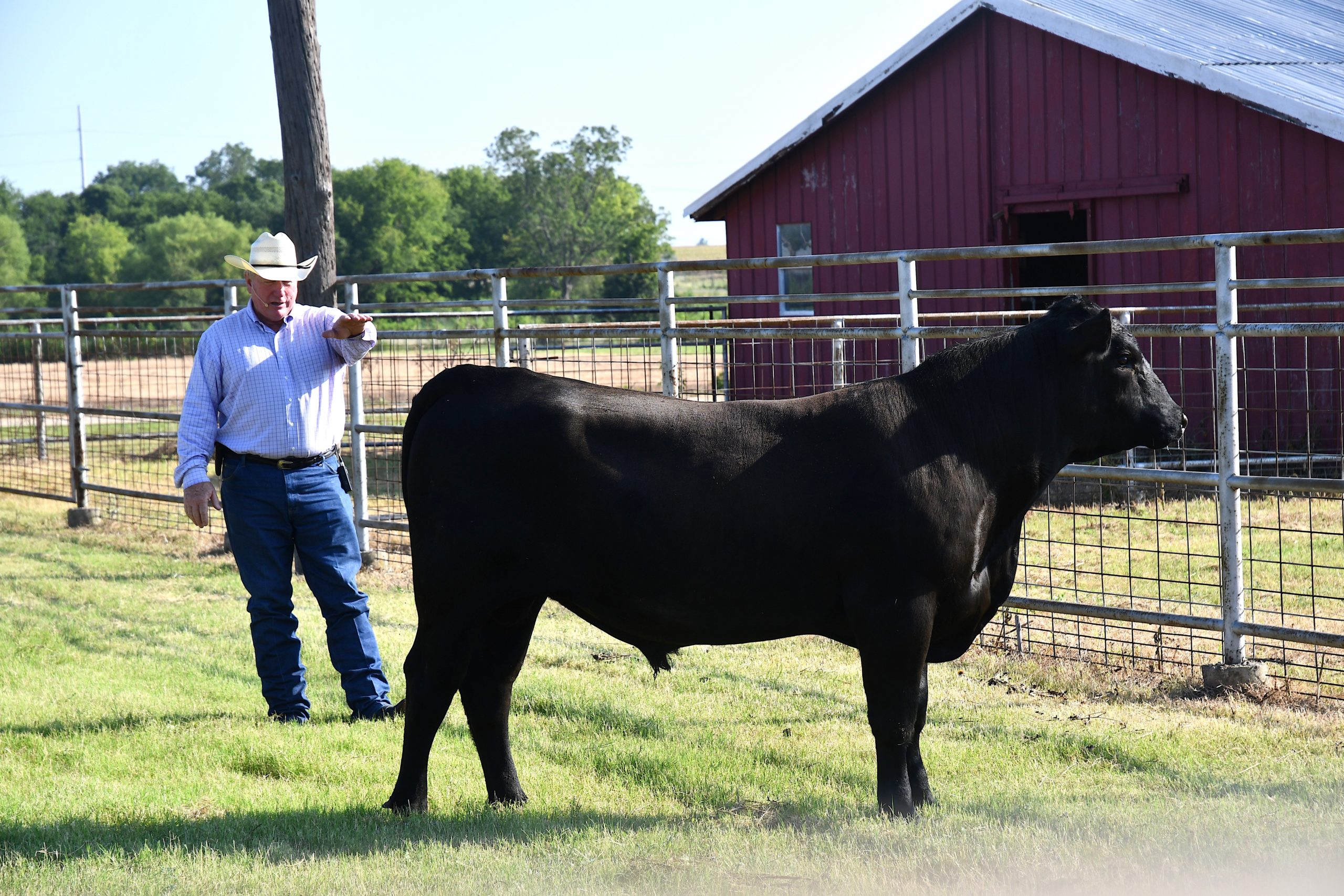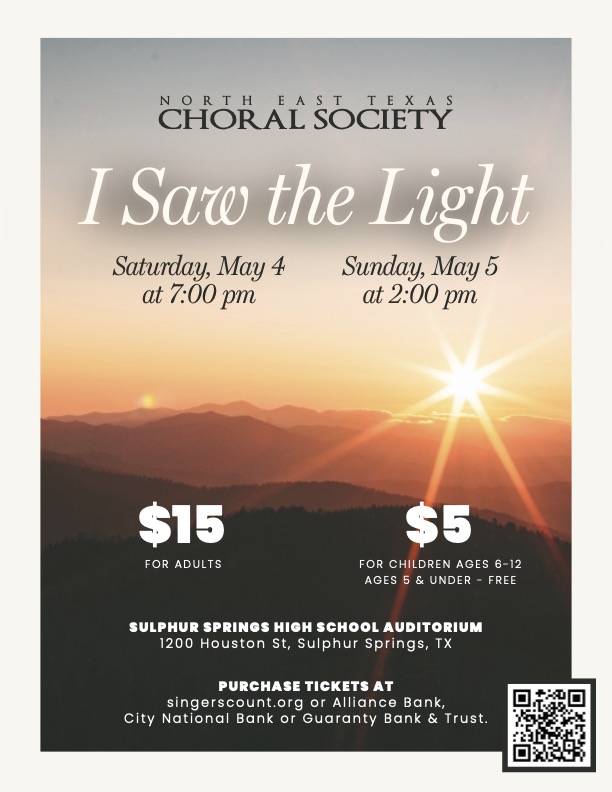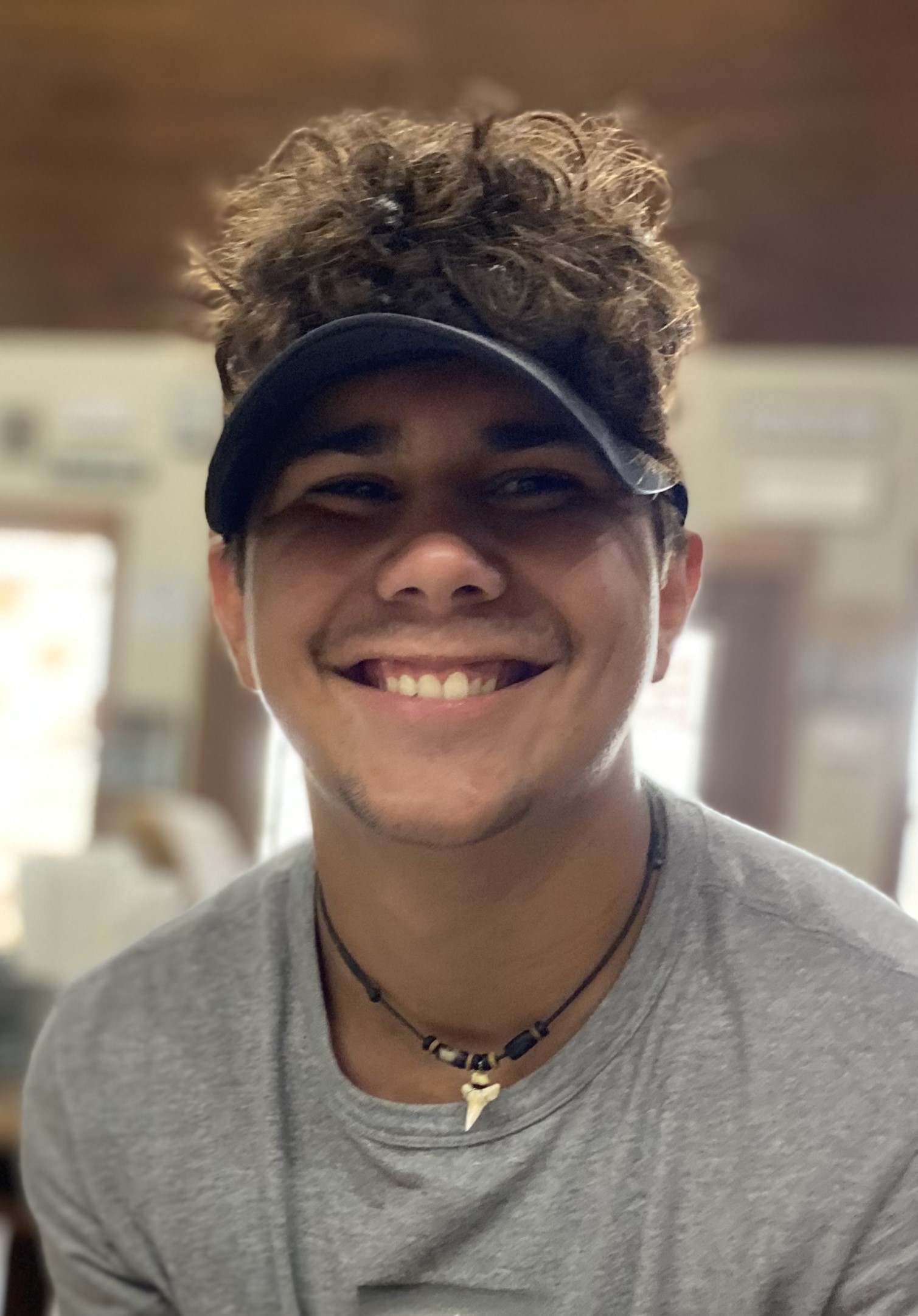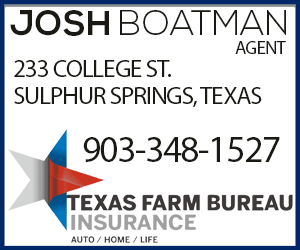Keep an eye on the herd bull! by Dr. Mario A. Villarino, County Extension Agent for Agriculture and Natural Resources

[adning id=”33097″]

Many seasoned ranchers are fully aware of the importance of the herd sire and the potential consequences of making a wrong sire selection. Bulls are an expensive, labor intensive part of the herd management. Because of its size, financial investment and impact on the herd offspring, many attributes (and drawn backs) of bulls are easily missed. There are also many “used bulls” for sale claimed as “good deals” as they reach their useful life.
[adning id=”33207″]
There are more than 60 different breeds of beef cattle in the United States, so choosing a breed of a bull can be a daunting task. Fortunately, most of the breeds in Texas fit one of five groups: British, continental beef, continental dual purpose, Brahman or American. The breed selection process is simplified first by choosing a group that can meet ranch production and marketing objectives and then selecting a breed within the chosen group. According to Texas A&M AgriLife Extension, when using physical appearance as bull selection criteria, one of the first things to evaluate is structural correctness. Without structural correctness, a bull will not perform nor last as long as expected. A bull should have a well-structured shoulder with his front legs at a right angle (90 degrees) from an imaginary line drawn from the top of the shoulder through the point of the shoulder to the elbow. You want a 120-degree angle from the elbow through the back of the pastern with the front hooves slightly turned outward about 20 degrees. On a structurally sound bull, the two front legs are parallel to each other. .Hindquarter structural correctness includes a slight slope from the hooks to the pins with an imaginary vertical line from the hook through the stifle. A right angle should exist from the hook through the pins to the stifle and a 120-degree angle from the stifle to the hock and down the pastern. Like the forequarters, the hind legs should be parallel and the hooves slightly turned outward about 20 degrees. If you don’t remember all these angles, watch the bull walk on a level surface. Structurally correct cattle will place each hind hoof in the track of the corresponding front hoof. Reproductive evaluation, which includes a breeding soundness examination, is used to help measure the potential sexual performance of a bull. Request results of a recent breeding soundness examination from the seller when buying a bull and conduct breeding soundness examinations on herd bulls annually before breeding season. If bulls cannot pass breeding soundness exams, cull them from the herd because they will not settle their share of the cows. It is best to have breeding soundness exams done by veterinarians.
“The basic breeding soundness exam consists of physical evaluation of the animal, examination of reproductive organs, measurement of scrotal size and evaluation of semen. Physical evaluations include structure, feet, eyes, mouth, gait and body condition,” said Clay Mathis of King Ranch Institute for Ranch Management. “Faults in conformation and injuries can result in the bull becoming lame soon after the breeding season begins. Structure soundness of feet and legs is of paramount importance if the bull is to travel and mount females in heat.”
I have found out that having somebody knowledgeable (and that not always agree with you) is helpful when looking for sires. The more objective the decision is the less of a risk to make a wrong selection due to you just “liking” the bull. For more information on this or any other agricultural topic please contact the Hopkins County Extension Office at 903-885-3443 or email me at m-villarino@tamu.edu.
[adning id=”33207″]













